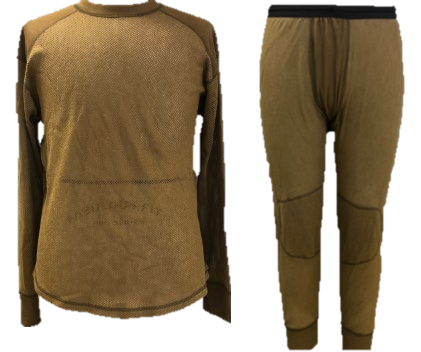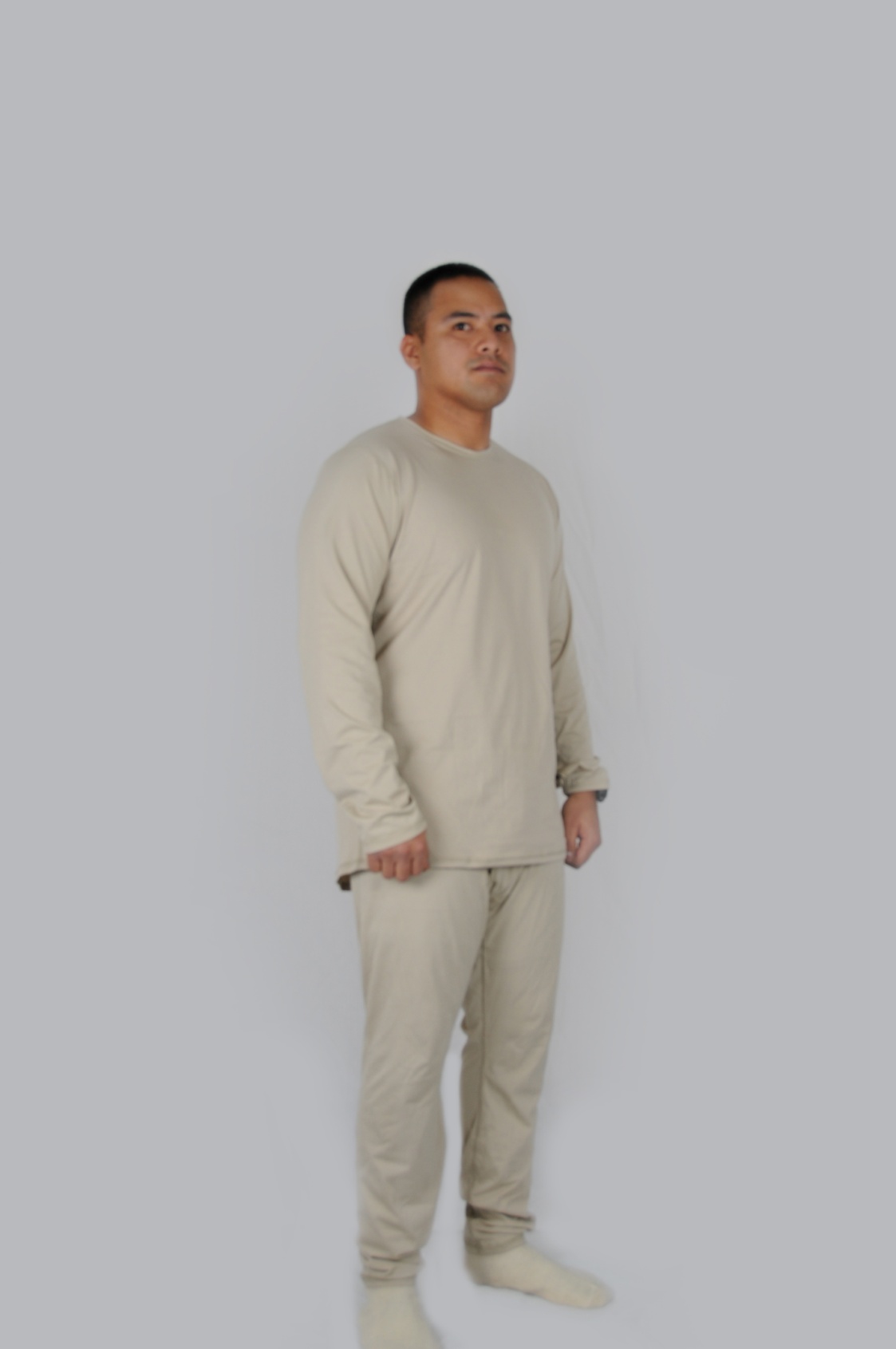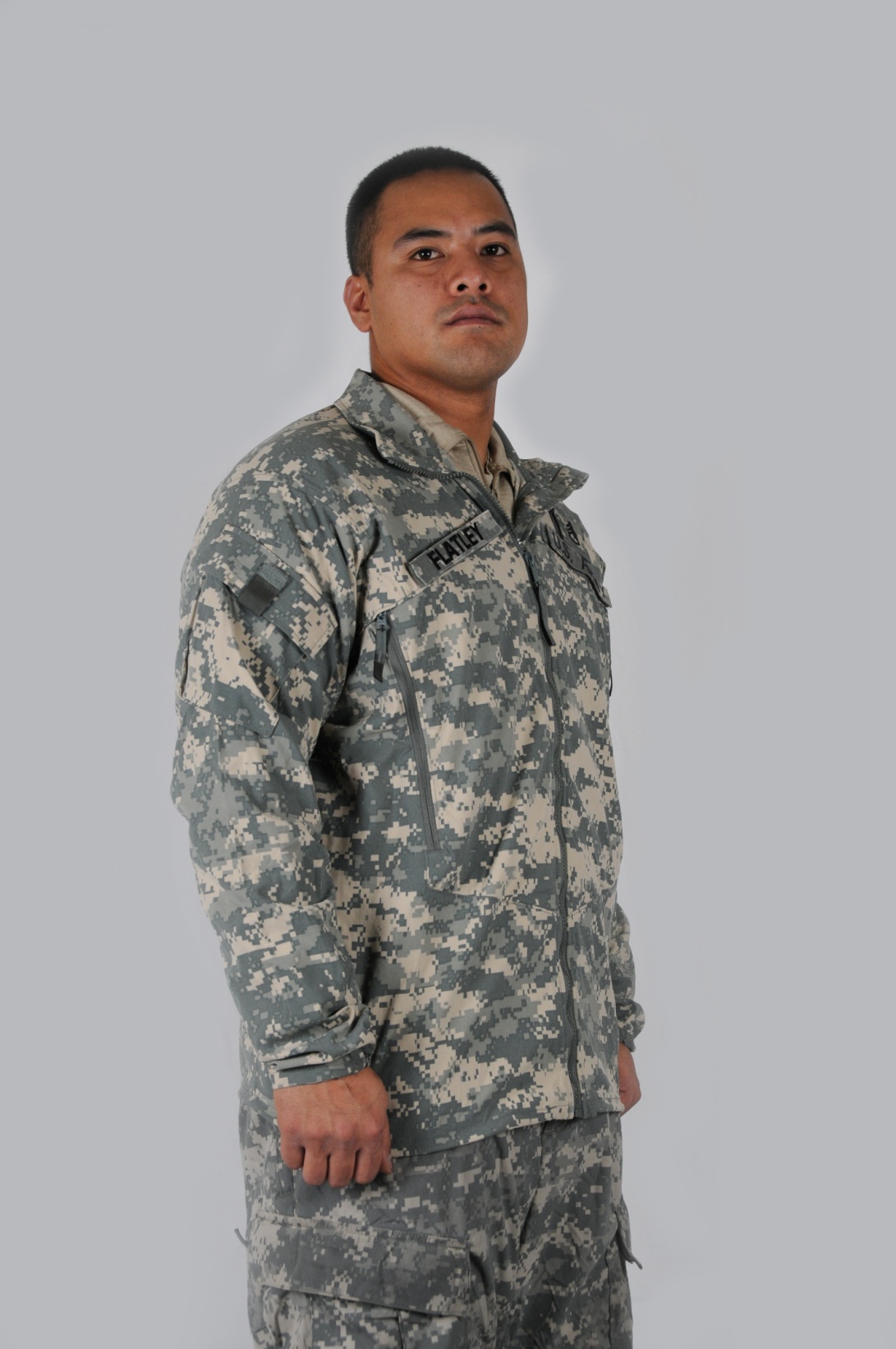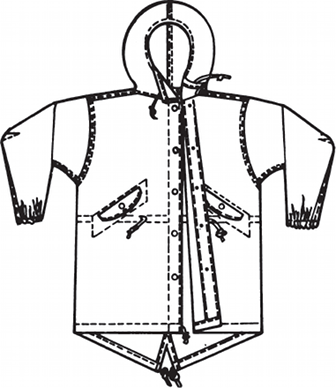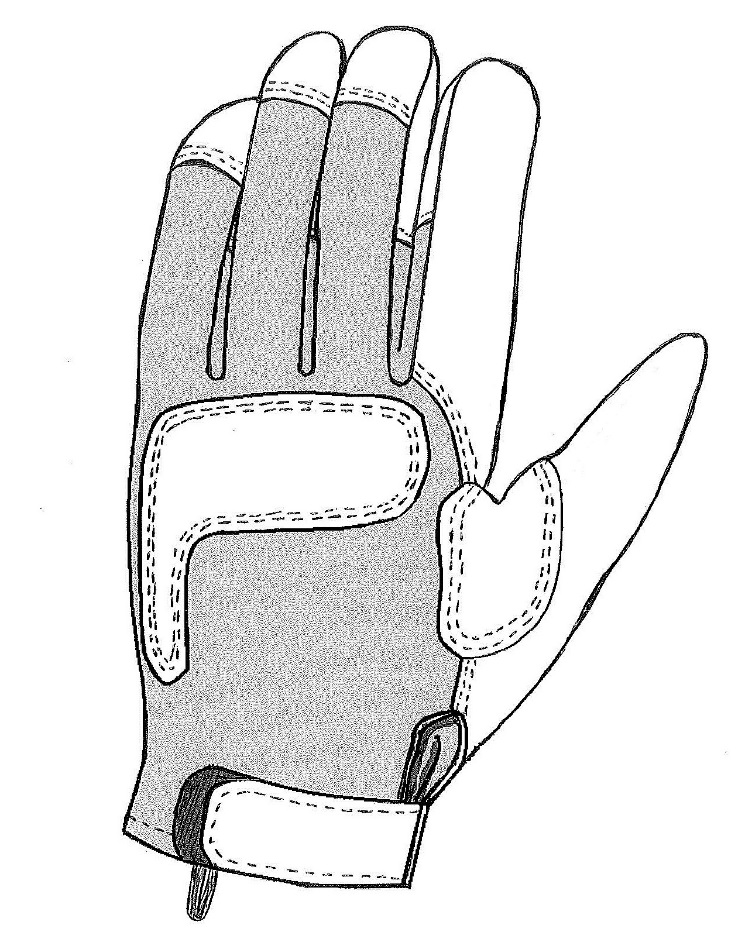
On June 14, 2004, the Army announced the selection of the new Army Combat Uniform (ACU). The ACU consists of a jacket, trouser and patrol cap in a new universal camouflage pattern in addition to a moisture wicking t-shirt and Army Combat Boots (suede tan) for either temperate or hot weather climate. The ACU replaces the temperate battle dress uniform (BDU), enhanced hot weather BDU, and desert camouflage uniform.








